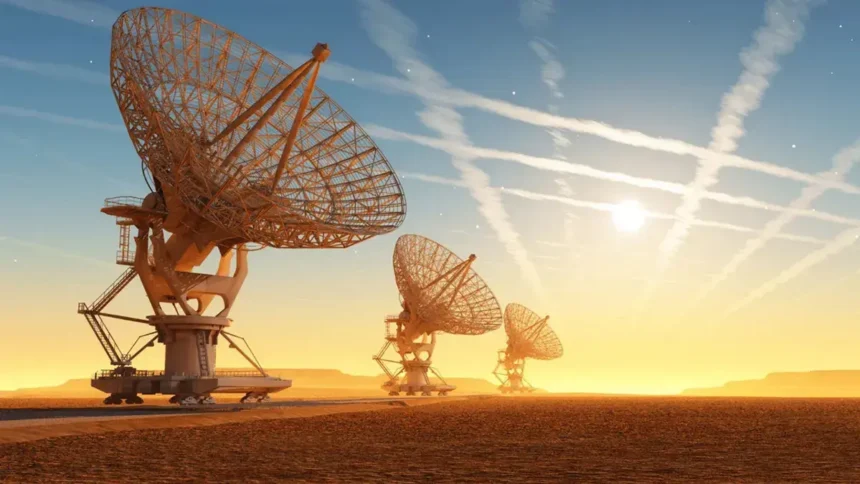SpaceX’s Starlink satellite network continues to push the boundaries of connectivity with plans to test mobile satellite services by 2025. Yet the expanded usage has grown concerns, particularly among astronomers, regarding interference with scientific research.
What’s Happening & Why This Matters
Starlink’s Cellular Connectivity: Delayed but Still on Track
SpaceX and T-Mobile initially announced plans to bring satellite-based cellular services by late 2023. However, according to recent comments from T-Mobile CEO Mike Sievert, testing for Starlink’s direct-to-cell connectivity may not begin until early 2025. SpaceX had previously informed the Federal Communications Commission (FCC) of plans to roll out text messaging via satellite this year, followed by voice and data services in the following years.
To enable these services, SpaceX needs to launch around 300 cellular Starlink satellites, of which more than 200 have already been sent into orbit. Despite the progress, regulatory hurdles remain. SpaceX has requested permission from the FCC to exceed normal radio frequency limits, which would allow the satellites to provide stronger signals for real-time voice and video calls. However, competitors such as AT&T and Verizon are opposing the request, citing concerns about potential interference with their ground-based networks.

The goal of Starlink’s cellular service is to bridge the gap in coverage for areas without traditional cell service, such as rural regions and remote locations where emergency responders often struggle to connect. Early private testing of the system has shown promising results, with download speeds reaching 17Mbps on unmodified smartphones like iPhones and Android devices. These tests demonstrate the potential for satellite-based cellular coverage to work in both indoor and outdoor environments.
Starlink Satellites and Radio Telescope Interference
While Starlink’s satellite services grows, they’re also creating unintended consequences for the scientific community. A recent study by ASTRON, the Netherlands Institute for Radio Astronomy, revealed that Starlink’s second-generation satellites emit significantly more unintended radio waves than their first-generation counterparts. This “leaked” radiation could disrupt radio telescopes, making it difficult for astronomers to conduct research on distant astronomical objects.

In two separate observations using the LOFAR radio telescope, researchers tracked nearly 150 Starlink satellites and found that the newer “V2-Mini” satellites emitted 32 times more radio interference than older models. The excess radiation can appear up to 10 million times brighter than faint stars, making it difficult for radio telescopes to observe the faint signals they rely on to study the universe.
Astronomers are concerned that as SpaceX and other companies launch tens of thousands of satellites into low-Earth orbit, the interference will only get worse. SpaceX has cooperated with some observatories to limit the impact on scientific research, but the growing number of satellites poses a challenge to mitigating the disruption.
Jessica Dempsey, ASTRON’s scientific director, expressed hope that the space industry and regulators can work together to minimize the effects on astronomy. “We have solutions for this symbiosis in space—we just need the regulators to support us and the industry to meet us halfway,” she said. Without these efforts, Dempsey warns that human-made constellations could overshadow the natural ones in the night sky.
TF Summary: What’s Next?
Starlink’s satellite network presents both opportunities and challenges. On one hand, its upcoming mobile satellite service could revolutionize cellular coverage, especially in remote areas. On the other hand, concerns about radio interference with scientific research must be addressed to avoid hindering critical astronomical studies. As SpaceX forges on, TF expects a struggles between technological innovation with responsible space stewardship to ensure that both connectivity and scientific exploration can thrive.


